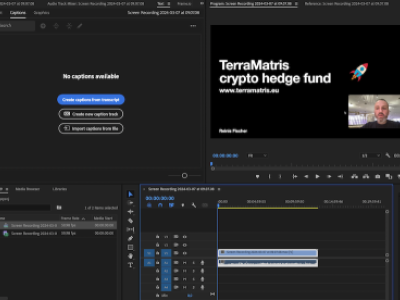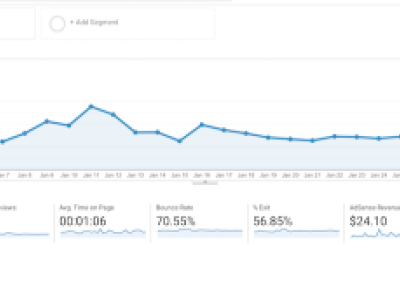Covered calls are a popular options trading strategy that can help you generate income from your existing stock portfolio. In this beginner's guide, we'll cover the basics of covered calls, including how they work, the potential benefits, and the risks involved. Whether you're a new or experienced investor, this guide will help you understand the mechanics of covered calls and how to implement them in your trading strategy.
I should note this article was fully written by ChatGPT open AI for SEO purposes. I have reviewed this article and fine-tuned it.
Subscribe to my covered calls newsletter to learn more about my real-time trades.
What are Covered Calls?
A covered call is a combination of a stock and call option position. The stock represents the underlying asset and the call option represents the right to sell the underlying stock at a predetermined price (strike price) before a certain date (expiration date). When you sell a call option, you are obligated to sell the underlying stock at the strike price if the buyer exercises their option.
In a covered call, you already own the underlying stock. By selling a call option, you are able to generate additional income from your existing stock position. This strategy is called a covered call because you have the underlying stock as collateral, reducing the risk involved compared to other options trading strategies.
Benefits of Covered Calls
There are several benefits to using covered calls as a trading strategy. First, they can help you generate additional income from your existing stock portfolio. By selling call options, you are able to collect premium from the option buyer, which can increase your returns on your existing stock position.
Second, covered calls can help you manage the risk of your stock portfolio. By selling call options, you are able to mitigate the downside risk of your stock position. If the stock price decreases, the option premium you received can offset some of the losses.
Finally, covered calls can help you generate returns in a flat or slightly declining market. In a flat market, where stock prices are not increasing significantly, covered calls can help you generate income from your stock portfolio. In a declining market, covered calls can help you reduce your losses.
Risks of Covered Calls
While covered calls can offer several benefits, there are also risks involved. First, if the stock price increases above the strike price, you will miss out on the potential gains. When you sell a call option, you are obligated to sell the underlying stock at the strike price if the buyer exercises their option. If the stock price increases significantly above the strike price, you will miss out on the potential gains from the stock price increase.
Second, the option premium you receive is limited. The amount of premium you receive will depend on several factors, including the stock price, strike price, expiration date, and volatility. The option premium you receive may not be enough to offset the potential losses if the stock price decreases significantly.
Finally, there is always the risk of option assignment. If the option buyer exercises their option, you are obligated to sell the underlying stock at the strike price. If you are not prepared to sell the stock, this could result in significant losses.
Implementing Covered Calls in Your Trading Strategy
To implement covered calls in your trading strategy, you need to follow a few simple steps. First, choose the stock you want to use for the covered call. It's important to choose a stock that you are comfortable holding for the duration of the option.
Next, determine the strike price and expiration date for the call option you want to sell. The strike price and expiration date will determine the amount of premium you receive from the option sale. Generally, the higher the strike price and the longer the expiration date, the more premium you will receive.
Once you have chosen the stock, strike price, and expiration date, you can sell the call option through your brokerage account. You will need to provide the details of the call option to the broker, including the stock symbol, strike price, and expiration date. Your broker will handle the transaction and you will receive the option premium in your account.
It's important to monitor the covered call position and make any necessary adjustments as the stock price and market conditions change. If the stock price increases significantly above the strike price, you may want to consider closing the covered call position and selling the stock. On the other hand, if the stock price decreases, you may want to consider rolling the call option to a later expiration date or a lower strike price to mitigate the losses.
In conclusion, covered calls are a powerful trading strategy that can help you generate additional income from your existing stock portfolio and manage the risk of your stock position. Whether you're a new or experienced investor, mastering the art of covered calls can be a valuable addition to your trading strategy. It's important to educate yourself on the mechanics of covered calls, understand the potential benefits and risks involved, and develop a sound strategy for implementing and monitoring covered calls in your portfolio.
Subscribe to my covered calls newsletter to learn more about my real-time trades.




